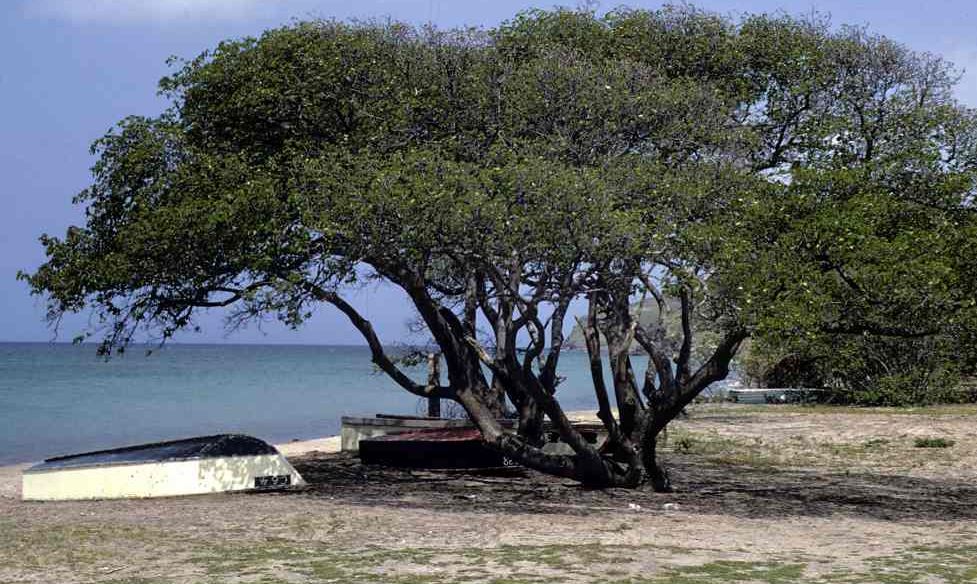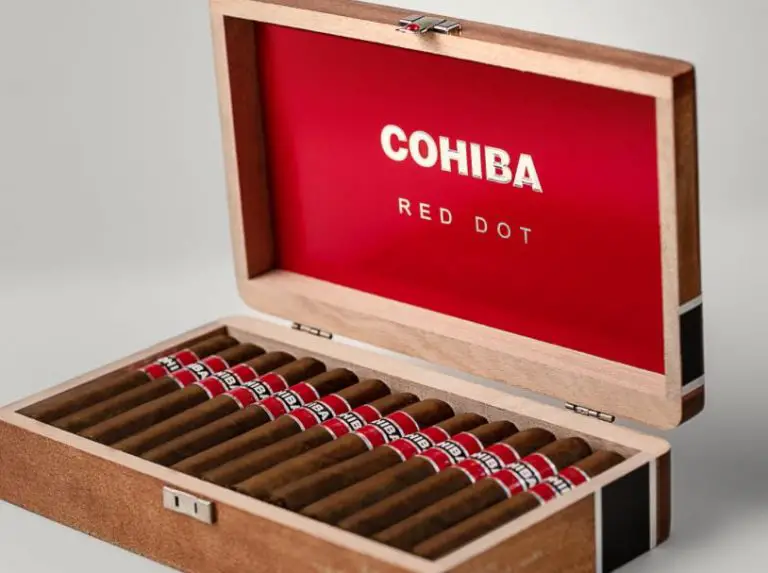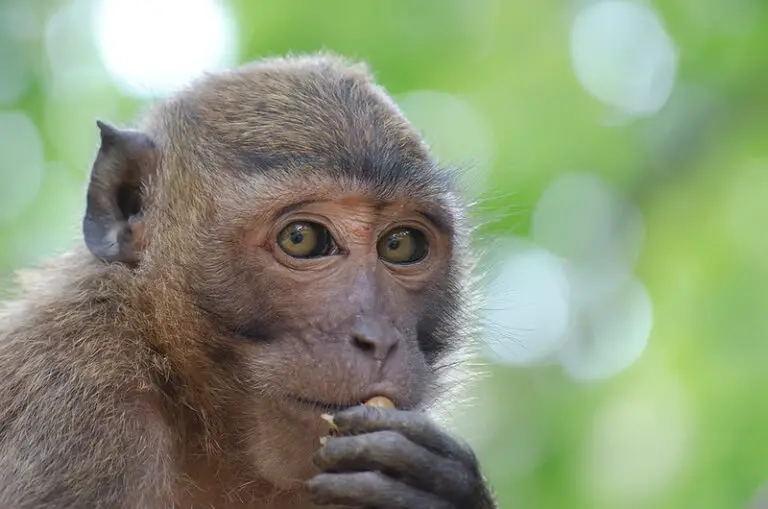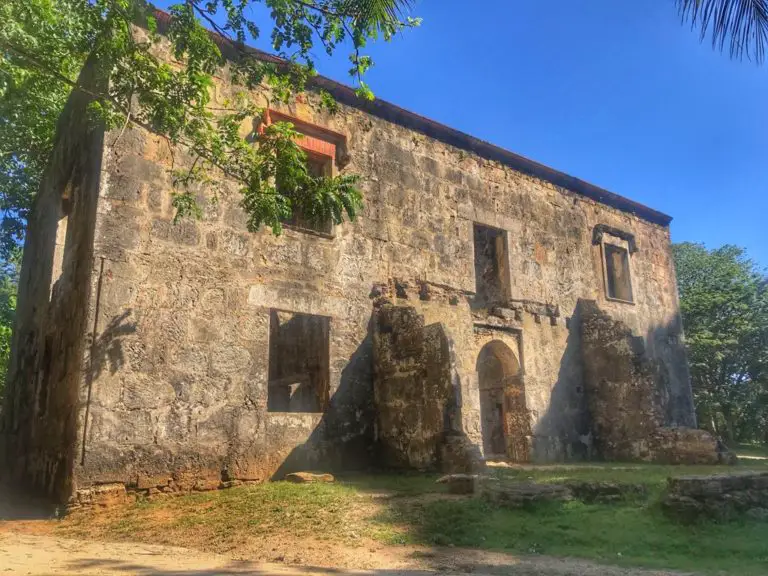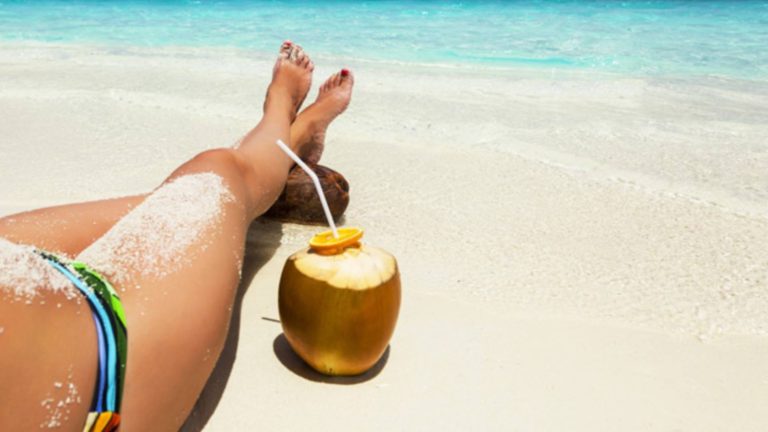Don’t Try This Fruit In the Dominican Republic
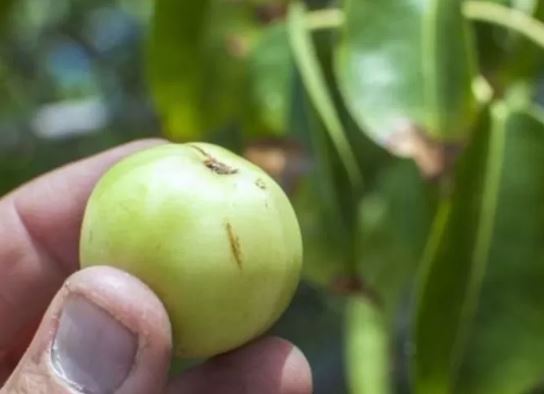
In the Dominican Republic and other Caribbean islands, there is a tree that gives an “edible” fruit that can even be tasty, pleasing to the eye and smell, but this fruit hides a terrible secret, it is poisonous.
This tree is called chamomile, or dwarf apple tree.
Chamomile has the scent and appearance of an English apple, but is small, growing on large trees, usually along the sea coast. They are full of poison. It has been said that a single apple is enough to poison 20 people.
Contents
Hippomane mancinella
That is its scientific name. According to the Florida Institute of Food and Agricultural Sciences, Hippomane comes from the Greek words hippo, meaning horse, and mane is derived from mania.
The Greek philosopher Theophrastus (371 B.C.-287 B.C.) named a plant native to Greece after determining that horses went mad after eating it. And the father of modern taxonomy, the Swede Carl Linnaeus, gave the same name to the noxious tree of America.
Death chamomile
That is one of its common names, the ones used by those who live with them.
It is also known as Manzanilla de la arena and Manzanilla de playa, although the tree of death is perhaps the appellation that best describes its reality.
Its milky sap contains the potent irritant phorbol.
Just brushing against it in passing can leave your skin horribly scalded.
Taking shelter under its branches during a tropical rain can also be disastrous, as even the diluted sap can cause an extreme rash.
Burning these trees is also a bad idea. The smoke can temporarily blind you and cause serious respiratory problems.
But although the effects are unpleasant, skin contact with this tropical tree is not fatal.
The real threat comes from its small round fruit, as eating it can cause vomiting and diarrhea so severe that it dehydrates the body to the point of no return.
Dangerous, but useful
Surprisingly perhaps, the tree does have its uses, as collected by the Florida Institute of Agriculture and Food Sciences.
The beach manzanillo has been used to make furniture since colonial times.
Its poisonous sap is believed to be neutralized by drying it in the sun. However, those who handle freshly cut wood must be careful.
The natives of the island coated their arrows with the poisonous sap when they went hunting.
There are documents showing that the gum of the bark has been used to treat venereal diseases and dropsy in Jamaica, and the dried fruits, as diuretics.
Where is this tree found in the Dominican Republic?
During the research I did on this topic, I could not find specific places or cities where this tree is abundant, although it is mentioned by many.
Personally, I have heard stories of a tree whose fruits drive horses crazy in the north-central part of the country, but I cannot be sure that it is this chamomile.
Something that surprised me a lot about this tree, is that it can grow directly on the sandy area of the beach, practically at the edge.
In all my life living in the Dominican Republic, I have never seen this fruit, but surely it must exist in some isolated places.
Historical accounts about the poison of this fruit
It is said that when the conquistadors arrived, several were intoxicated by eating its fruits.
They say that the natives used the tree as a punishment, tying the person to its trunk and leaving them there so that when it rained they would suffer.
They say that the natives also poisoned their arrows with sap from this tree for hunting.
In fact, it is said that it was the reason for the death of the Spaniard Juan Ponce de Leon, the first governor of Puerto Rico, who received an arrow shot in a battle when he wanted to conquer the coast of Florida in 1521.


